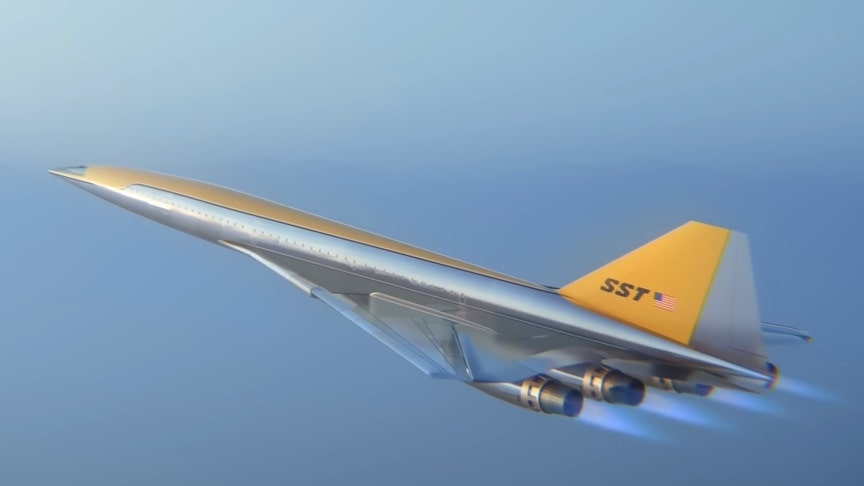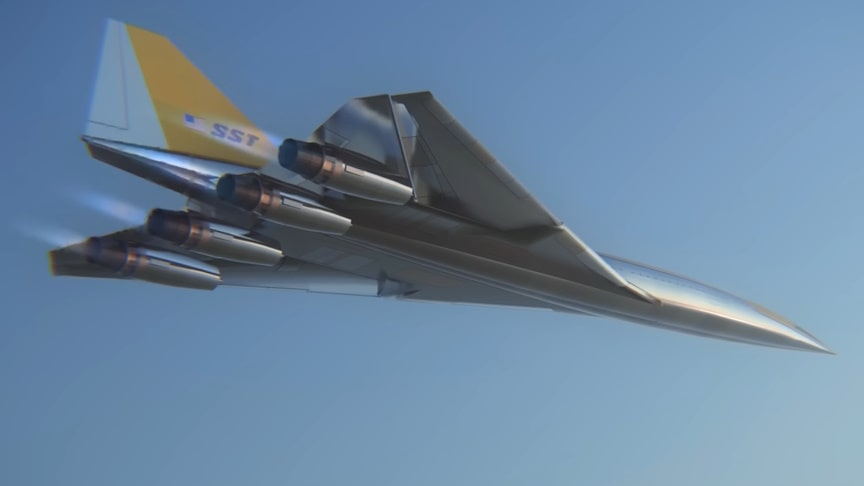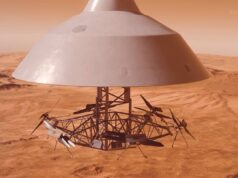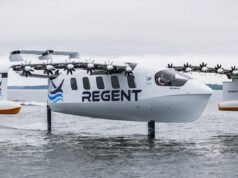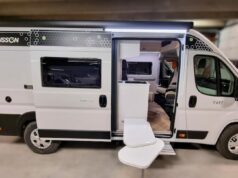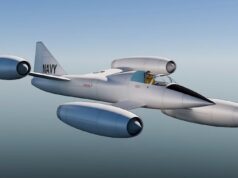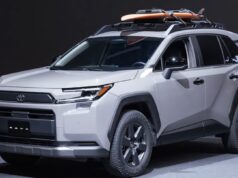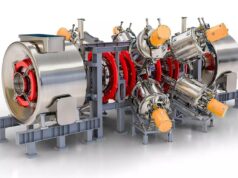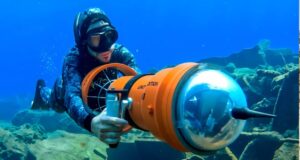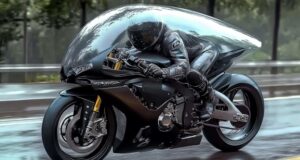It was to fly even faster than the Concorde, at speeds approaching Mach 3. And even carry more passengers. It would have flown the distance from Los Angeles to New York in under two hours. America’s effort to build a supersonic airliner was an ambitious project spanning a decade and costing a billion in government funding. But even an army of aerospace engineers and the latest in aviation technology was not enough to get America’s Supersonic Transport (SST) off the ground.
source.image: Mustard
In 1962, the British and French announced a partnership to build the world’s first supersonic airliner, the Concorde. A few months later, the Soviets also jumped into the race with SST plans of their own supersonic airliner, the Tupolev 144. As America had watched these programs transform from concepts into serious enterprises, officials began to worry about maintaining America’s lead in civil aviation.
source.image: Mustard
So in 1962, President Kennedy announced that the U.S. government would help fund the development of an American supersonic transport. Manufacturers were invited to participate in a design competition. Design entries from Lockheed (L-2000) and North American Aviation (NAC-60) were reviewed. After years of evaluation, Boeing’s 2707 was selected as the winning design.
Advertisement
But it turns out that building an SST significantly faster and larger than the Concorde would be enormously challenging, requiring completely new aviation designs and technologies. As the 1960s wore on, the Boeing 2707 program was plagued by technical setbacks, and the program’s ambitious goals were not being met. An anti-SST movement had grown around opposition to sonic booms and other environmental concerns.
When funding for the Boeing 2707 project was canceled in 1971, foreign competition and concerns about national prestige were not enough to offset political, economic and environmental pressures. The public’s view of government programs and optimism over technology had waned. Over the course of the 1960’s, the world had changed.

